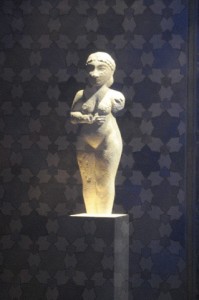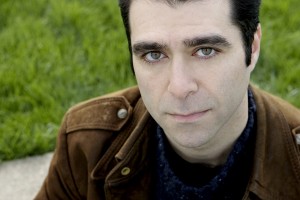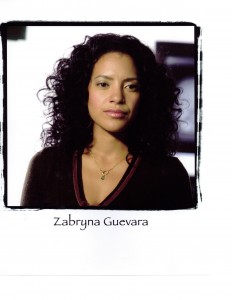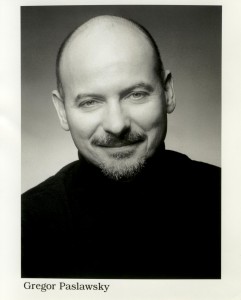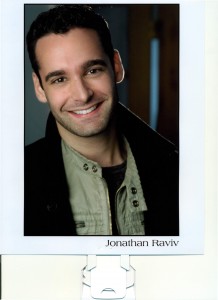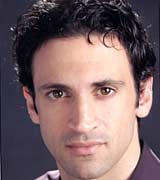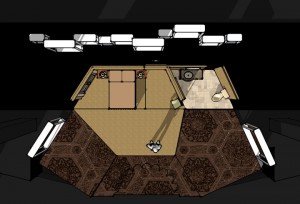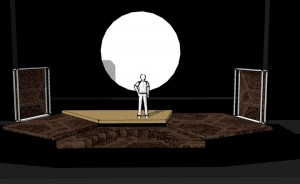INANA AT THE FESTIVAL
War destroys lives. But war also destroys a peoples’ culture, their history, their heritage, their identity, and their souls. Michele Lowe weaves an intricate tale that’s both a love story and an ode to the treasures of the unique far-reaching civilization that developed between the Tigris and Euphrates. The story’s centerpiece is a sculpture of the ancient goddess Inana…the Sumerian goddess of fertility, love and war…the soul of the country. The statue of Inana is entrusted to Yasin, the museum curator who attempts to save this ancient treasured statue before the US invasion of his country. Amidst a background of international intrigue and marital discovery the situation in Iraq is mirrored in the life of this curator and his new bride Shali, and their arranged marriage. This poignant love story is an epic struggle to preserve and protect the innocence and beauty of a culture that is being destroyed.
THE CAST OF INANA by Michele Lowe:
Barzin Akhaven will portray the role of Yasin Shalid who is an Iraqi and the chief of the Mosul Museum. Yasin has a deep and protective love for his country.
Zabryna Guevara will play Shali Shalid…Yasin’s new Iraqi bride. Shali is uncommonly smart and naturally curious. She longs to return to Iraq and will do anything necessary to get there. She is strong, but hides her strength.
James Rana will portray Abdel-Hakim Taliq an Iraqi bookseller. He’s extravagant, literary, emotional, intelligent and stubborn. In his heart, he too is an optimist like Yasin.
Gregor Paslawsky will play Emad Al-Bayit. He is Shali’s father and a gregarious, larger than life Iraqi sculptor. He is an erudite and cultured artist who loves his country. He is also charming, clever and extremely persuasive.
Reema Zaman plays Mena Mohammed, Shali’s younger sister. Mena is naive, youthful, and literate. She yearns to understand how the future world works…but she still clings to old Iraqi customs. Reema will also play Hama Shalid…Yasin’s first wife. Hama is an attractive, strong, modern and intelligent Iraqi-born nurse.
Jonathan Raviv plays two roles: Mohammed Zara and a Iraqi Messenger. Mohammed Zara is an Iraqi man. He is Yasin’s assistant at the Mosul Museum. He is a sensitive, introverted, put-upon worker who has the potential to step up to the plate.
Michael Gabriel Goodfriend will portray a British waiter and Dominc Colon, a British currator at the British Museum.
Ed Herendeen

